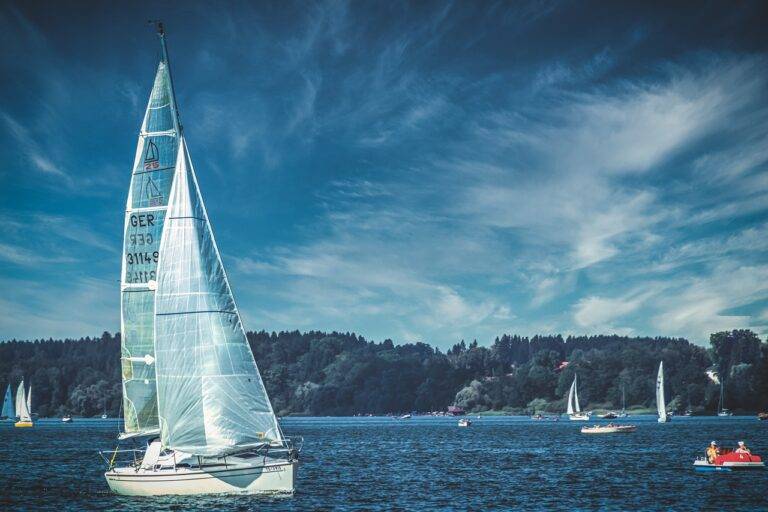Exploring the Camino de Santiago: A Spiritual Journey Through Spain
The Camino de Santiago, also known as the Way of St. James, has a rich history dating back to the Middle Ages. Legend has it that the apostle St. James the Greater’s remains were discovered in the 9th century in Santiago de Compostela, Spain, which then became a significant pilgrimage site for Christians.
Pilgrims from all over Europe embarked on the journey to Santiago de Compostela, following various routes that led them through rugged terrain, villages, and cities. The pilgrimage became a symbol of faith, redemption, and spiritual renewal for those seeking solace and divine connection. The Camino’s popularity declined in the 16th century but experienced a revival in the late 20th century, attracting modern-day pilgrims from diverse backgrounds and motivations.
The Different Routes of the Camino de Santiago
The Camino de Santiago offers a variety of routes for pilgrims to embark on their spiritual journey. One of the most popular routes is the Camino Francés, which starts in St. Jean Pied de Port in France and spans over 800 kilometers to reach Santiago de Compostela in Spain. This route is known for its picturesque landscapes, charming villages, and historic landmarks along the way.
Another well-traveled route is the Camino Portugués, which starts in Lisbon, Portugal, or Porto and crosses into Spain before reaching Santiago de Compostela. This route is favored for its coastal views, lush scenery, and cultural experiences as pilgrims pass through both rural villages and bustling cities. Each route of the Camino de Santiago offers a unique experience, allowing pilgrims to choose a path that suits their preferences and abilities.
What is the history behind the Camino de Santiago?
The Camino de Santiago, also known as the Way of St. James, is a pilgrimage route that leads to the shrine of the apostle St. James the Great in the Cathedral of Santiago de Compostela in Galicia, Spain. It has been an important pilgrimage route for centuries.
How many different routes are there on the Camino de Santiago?
There are several different routes on the Camino de Santiago, with the most popular ones including the Camino Francés, the Camino Portugués, the Camino del Norte, the Camino Primitivo, and the Camino Inglés.
What is the Camino Francés?
The Camino Francés is the most popular route on the Camino de Santiago, stretching over 800 kilometers from the French border through northern Spain to Santiago de Compostela. It passes through major cities like Pamplona, Burgos, and León.
What is the Camino Portugués?
The Camino Portugués starts in Portugal and crosses into Spain, eventually joining the Camino Francés in Santiago de Compostela. It is known for its beautiful coastal scenery and historic towns.
What is the Camino del Norte?
The Camino del Norte follows the northern coast of Spain, offering stunning ocean views and a more challenging terrain. It is known for its cooler temperatures and lush green landscapes.
What is the Camino Primitivo?
The Camino Primitivo is one of the oldest routes on the Camino de Santiago, starting in Oviedo and passing through the rugged mountains of Asturias before joining the Camino Francés in Melide.
What is the Camino Inglés?
The Camino Inglés, or the English Way, starts in the port city of Ferrol or A Coruña in northwestern Spain and is a shorter route to Santiago de Compostela. It was historically used by English and Irish pilgrims arriving by sea.





